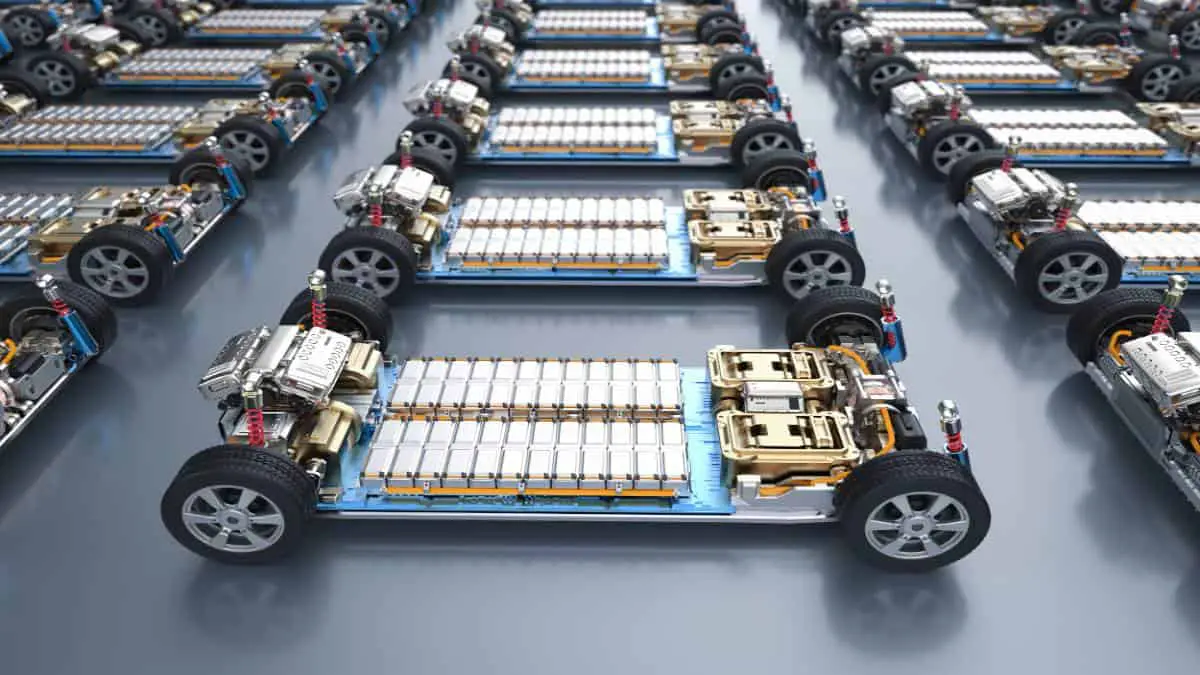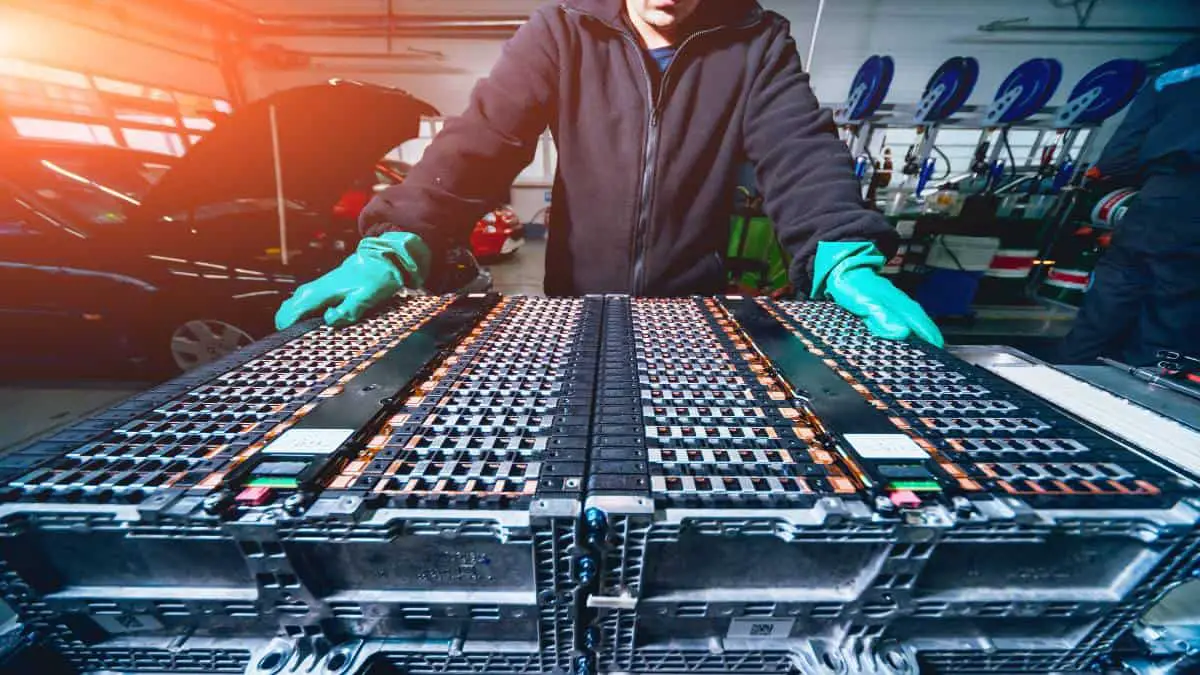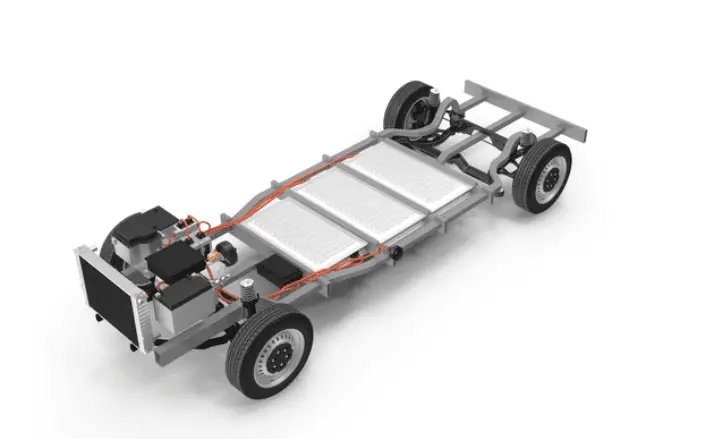The adoption of zero-emission vehicles (ZEVs), especially battery powered all-electric vehicles, is gaining momentum across the globe as countries strive to reduce their carbon footprints and improve air quality.
Key players in the automotive industry, along with governments and policymakers, are driving the transition from conventional internal combustion engine vehicles to electric and hydrogen-powered alternatives.
A major factor in this shift lies in the ongoing advancements in battery technology, which enables vehicles to travel longer distances, reduce charging times, and become more cost-effective.
Battery technology advancements play a crucial role in the widespread adoption of ZEVs. Recent years have seen significant improvements in battery performance, particularly in terms of energy density, charging speed, and cost.

These factors directly influence the practicality and affordability of electric vehicles for everyday use, thus increasing consumer interest and market penetration. As battery technology continues to evolve, further enhancements are expected to propel ZEV adoption toward mainstream acceptance.
Collaborative efforts between governments, private sector organizations, and research institutions are crucial in driving ZEV adoption and the development of new battery technologies.
ZEV Adoption and Market Trends
The adoption of zero-emission vehicles (ZEVs) is accelerating worldwide, significantly contributing to the reduction of oil consumption and carbon dioxide emissions. Recent studies indicate that 1.7 million barrels of oil have been saved due to the increasing popularity of ZEVs.
However, it is essential to note that the majority of the ZEV market share belongs to the United States, China, and Northern Europe, while other countries are yet to catch up according to Zev Alliance.
In the first quarter of 2021, global electric car sales experienced a significant increase of around 140% compared to the same period in 2020. This growth was primarily driven by sales in China, with roughly 500,000 vehicles sold, followed by Europe at around 450,000 vehicles.
The United States also saw a considerable sales growth of more than double compared to the first quarter of 2020, albeit from a lower base as per IEA.
Incentives play a crucial role in promoting the adoption of electric vehicles and are designed to make EVs more attractive to consumers.
Technological advancements in battery production and management systems have also sparked interest in ZEVs.
As battery technology continues to improve, the performance and range of electric vehicles are expected to rival their traditional counterparts.
This progress will pave the way for used ZEVs to reach price parity with used conventional vehicles within the 2025-2028 timeframe according to a white paper.
To summarize, ZEV adoption and market trends are on an upward trajectory, driven by supportive policies, incentives, and ongoing battery technology advancements.
While the current market is primarily concentrated in the US, China, and Northern Europe, global sales are trending in a positive direction.

Battery Technology Advancements
In recent years, battery technology has undergone significant advancements, paving the way for increased Zero Emission Vehicle (ZEV) adoption.
These improvements have helped enhance the performance and lifespan of batteries, while also reducing costs, making electric vehicles (EVs) a more viable option for consumers and industries.
One notable innovation is the development of silicon and lithium-metal anodes, which are known for increasing energy density and enabling more effective electricity generation in power systems.
These new anodes have the potential to significantly improve the performance of existing lithium-ion batteries, which are widely used in EVs and renewable energy storage systems.
Furthermore, solid-state electrolytes are making a foray into the battery technology landscape. They offer higher energy density, improved safety, and a longer lifespan compared to conventional liquid electrolytes.
This is due to their inherent resistance to forming dendrites, which are the leading cause of battery degradation and failure in traditional lithium-ion batteries.
In addition to alternative anodes and solid-state electrolytes, advancements in lithium-sulfur (Li-S), sodium-ion (Na-ion), and redox flow batteries have shown promise for high-capacity and lightweight energy storage solutions.
These emerging battery technologies could contribute to the broader adoption of ZEVs and support grid-scale electricity generation from renewable sources.
As these battery advancements continue, a focus is also placed on addressing the environmental impact of batteries. Research is ongoing to explore more sustainable materials and methods for battery production, as current extraction and disposal practices of materials like lithium and graphite can be harmful to the environment.
Overall, these developments in battery technology have led to increased energy density, safety, and performance, while reducing battery costs. As a result, the ongoing improvements are playing a vital role in driving ZEV adoption and supporting the transition to renewable energy systems.
One major automaker who is taking zero-emission vehicles very seriously, is General Motors who is working hard on pushing the frontiers of battery technology for electric cars, and who have their proprietary Ultium platform.

Battery Life Cycle Management
Battery life cycle management is vital for optimizing the performance of electric vehicles, extending battery life, and promoting sustainability through recycling, reuse, and end-of-life.
Governing battery life involves implementing strategies and techniques focused on enhancing various aspects of the battery life span.
Solid-state batteries being developed have the potential to greatly improve electric vehicle performance, and are a critical component in achieving widespread adoption.
This new technology is designed to enable higher energy density, faster charging times, and improved safety. By integrating solid-state batteries into Zero Emission Vehicles (ZEVs), the overall efficiency and lifespan of the battery can be enhanced.
Recycling and reuse of batteries are essential factors in sustainable life cycle management. As batteries reach their end-of-life, recycling and reuse initiatives help minimize waste, recover valuable materials, and promote a circular economy.
Effective recycling processes also enable the reduction of the environmental impacts associated with raw material extraction and battery production.
In conclusion, battery life cycle management is imperative for the development and spread of ZEVs.
Through advances in battery technology, recycling practices, and continuous improvements, the global transition towards electric vehicles can significantly contribute to the global goal of achieving carbon neutrality and combatting climate change.
Frequently Asked Questions
What are the main drivers behind ZEV adoption?
There are several factors driving the adoption of zero-emission vehicles (ZEVs). Environmental concerns and government policies are significant contributors.
Many countries are adopting policies to promote electric vehicle deployment, such as financial incentives, public charging infrastructure, and support for research and development.
Furthermore, the growth in consumer awareness of the environmental benefits of ZEVs and their lower operating costs has also increased their appeal.
How do recent battery technology advancements impact EV range?
Advancements in battery technologies have played a critical role in expanding the range of electric vehicles (EVs) and making them more practical for consumers.
Improvements in energy density, charging speeds, and overall battery life have directly contributed to the increased range of EVs.
As battery technology continues to evolve, it is expected that the range of EVs will further improve, addressing one of the main concerns consumers have when considering an EV purchase.
Which companies are leading in electric vehicle battery innovation?
Numerous companies are at the forefront of electric vehicle battery innovation. These include recognized industry leaders such as Tesla, Panasonic, LG Chem, and CATL.
Start-ups, such as Sila Nanotechnologies and QuantumScape, are also making significant strides in developing advanced battery technologies, often focusing on solid-state and next-generation chemistries.
Collaborations between automakers and battery manufacturers are frequently observed as they jointly navigate the rapidly evolving landscape of electric vehicle battery development.
How do 2023 battery technologies compare to older ones in EVs?
Battery technologies in 2023 have significantly advanced compared to older generations in terms of energy density, charging speeds, and overall life.
These advancements have resulted in a substantial increase in EV range, making them more practical for daily use and long-distance travel4.
The commercialization of solid-state batteries and other novel chemistries in the coming years is expected to further enhance the performance and affordability of electric vehicles, thereby accelerating the broader adoption of ZEVs.
- Tesla Charger Installation Cost (Home Setups) - March 1, 2024
- Tesla Phone Key Disconnected (Troubleshooting Guide and Quick Fixes) - March 1, 2024
- Tesla FSD 12 (Explained) - March 1, 2024